- Piriformis Syndrome: Causes, Symptoms, and Impact
- Immediate Relief Strategies: Kickstart Your Recovery
- Trigger Point Release with Acu-hump: Unlocking Deep Tissue Tension Relief
- Over-the-Counter Pain Relief: Temporarily Easing Discomfort
- Rest and Activity Modification: Listen to Your Body
- Preventing Recurrence: Embracing a Pain-Free Future
Hey there! Are you fed up with the nagging pain and discomfort of piriformis syndrome? Don’t worry, you’re not alone. In this article, we’ll dive into practical and effective methods to help you get rid of piriformis fast and bid farewell to that stubborn pain. Get ready to regain control and say hello to a life free from piriformis syndrome!
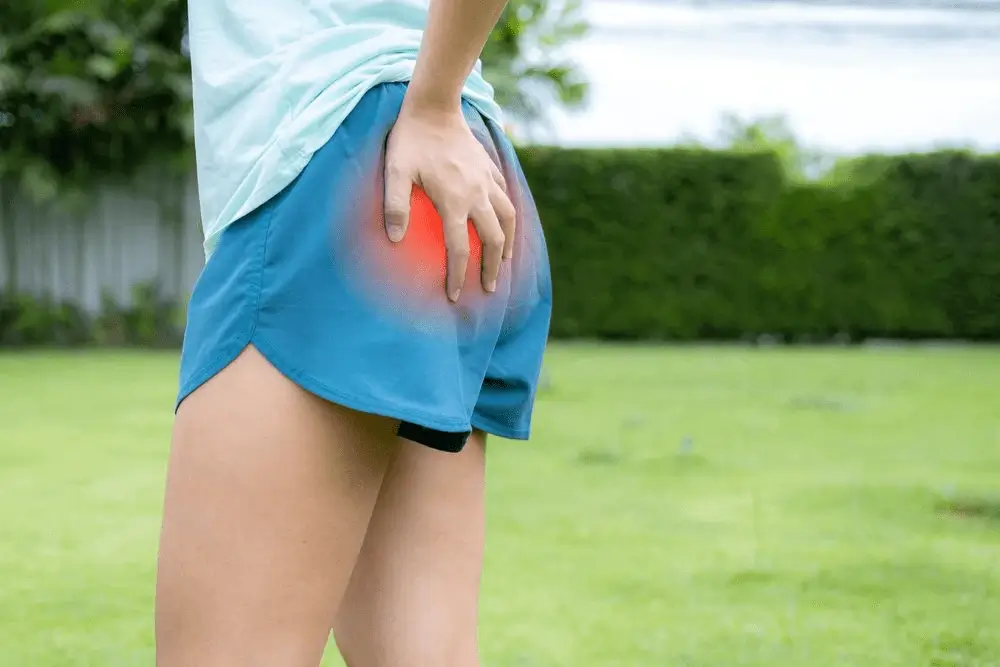
Piriformis Syndrome: Causes, Symptoms, and Impact
Let’s start by understanding the enemy itself – piriformis syndrome. We’ll explore its causes, how it affects your body, and identify the telltale signs that you may be experiencing this pesky condition. Once armed with knowledge, we can move on to tackling it head-on.
Piriformis syndrome is a common and often misunderstood condition that can cause persistent discomfort and limited mobility. Understanding its causes is key to developing an effective treatment plan. One of the primary causes of piriformis syndrome is the tightness or inflammation of the piriformis muscle, a small muscle located deep in the buttock region.
What is function of piriformis?
The piriformis muscle actions to facilitate hip joint rotation and stabilize the pelvis. When the piriformis muscle becomes tight or irritated, it can compress the sciatic nerve, leading to the development of piriformis syndrome. Other potential causes include injury, muscle imbalances, and prolonged sitting or repetitive activities. Being aware of these factors can help you adopt preventive measures.

What is piriformis symptoms?
Recognizing the piriformis syndrome signs is crucial in seeking the appropriate treatment. The hallmark symptom is pain that radiates along the path of the sciatic nerve, which runs from the lower back down through the buttocks and into the leg. Individuals with piriformis syndrome often experience a deep, aching pain in the buttock region that may intensify with prolonged sitting, climbing stairs, or engaging in activities that require hip rotation. Numbness, tingling sensations, and muscular weakness may also accompany the pain. If you notice these symptoms persisting for more than a few weeks, it’s advisable to consult a healthcare professional for a proper diagnosis.
The impact of piriformis syndrome extends beyond physical discomfort. It can significantly affect your daily activities, mobility, and overall quality of life. The pain and limited range of motion caused by the condition may hinder your ability to engage in exercise, work, or even enjoy leisure activities. Additionally, the constant discomfort and potential nerve compression can lead to emotional distress and frustration. However, by acknowledging the impact and seeking appropriate treatment, you can empower yourself to overcome the challenges posed by piriformis syndrome. The journey toward relief begins with understanding the condition and taking proactive steps to manage it effectively.
Immediate Relief Strategies: Kickstart Your Recovery
Heat and ice therapy
When you’re in pain, every minute counts. Fortunately, there are several strategies that can help kickstart your recovery and alleviate discomfort. Hot and cold therapy is a classic method that can provide quick relief for sore muscles. Applying a heating pad or taking a warm bath can help relax tense muscles and improve blood flow to the affected area. Conversely, using an ice pack or a bag of frozen peas wrapped in a thin towel can help reduce inflammation and numb the pain.
Glute Stretching
In addition to temperature therapy, gentle stretches and exercises specifically targeted for the piriformis muscle can work wonders in relieving discomfort. The supine figure-four stretch, where you lie on your back and cross one ankle over the opposite knee, gently stretches the piriformis muscle. Seated piriformis stretches and standing piriformis stretches are also effective in targeting this troublesome muscle. Remember to perform these exercises with proper form and to listen to your body’s limits to avoid exacerbating the pain.
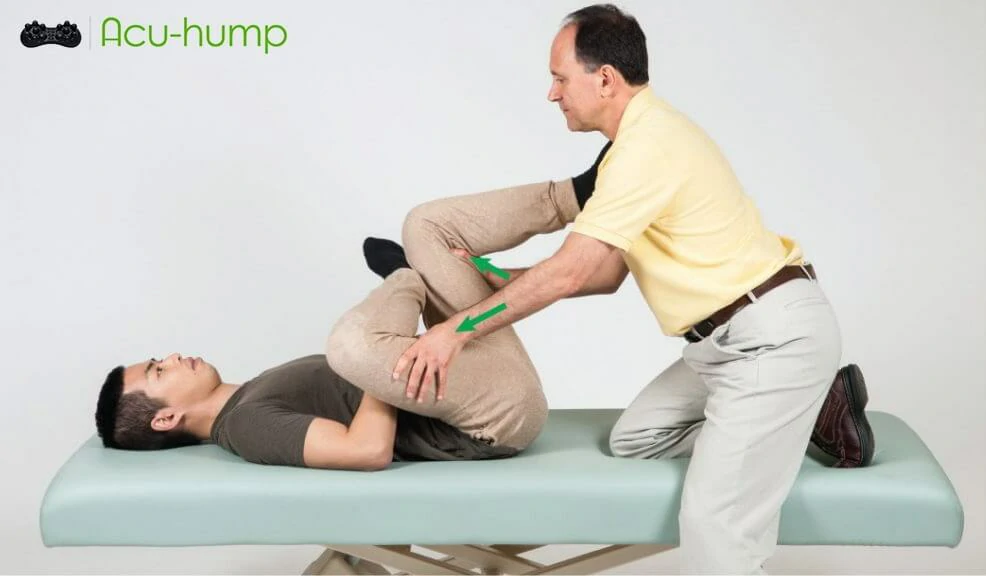
Strengthen Glute
Piriformis muscle strengthening can also play a crucial role in improving your condition. Engaging in exercises that target the surrounding muscles, such as the glutes and hip abductors, can help stabilize the pelvis and support the piriformis muscle. Squats, lunges, and hip bridges are excellent examples of exercises that strengthen these muscles. Start with light resistance and gradually increase as your strength improves.
Remember, it’s important to consult with a healthcare professional or a certified physical therapist before starting any exercise regimen to ensure you’re performing them correctly and with your specific condition in mind. These simple yet effective strategies can provide immediate relief and help jumpstart your recovery from piriformis syndrome. By incorporating them into your daily routine, you’ll be well on your way to getting rid of piriformis fast and regaining your freedom from pain.
Trigger Point Release with Acu-hump: Unlocking Deep Tissue Tension Relief
Now, get ready to meet your new secret weapon against piriformis syndrome – the Acu-hump. This incredible tool is designed with precision to target those stubborn trigger points and unlock deep tissue tension. The Acu-hump utilizes pressure and massage techniques to provide targeted relief right where you need it the most.
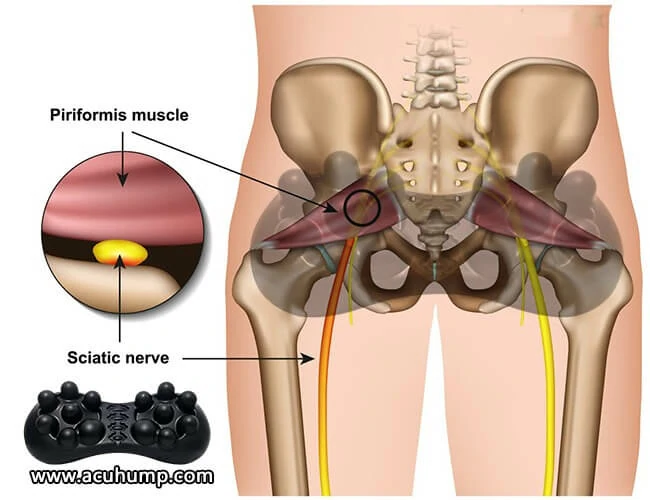
Using the Acu-hump is a straightforward process that can bring you significant relief. Begin by placing the Acu-hump on a flat surface and positioning yourself comfortably. Then, position the affected area of your buttocks directly on top of the device, allowing the hump to press against the muscular region where you feel the most tension and discomfort.
Using your body weight, gently roll back and forth over the Acu-hump, moving in small, controlled motions. As you do so, focus on any areas that feel particularly tender or knotted. Applying gentle pressure on these trigger points can help release tension and promote relaxation within the piriformis muscle.
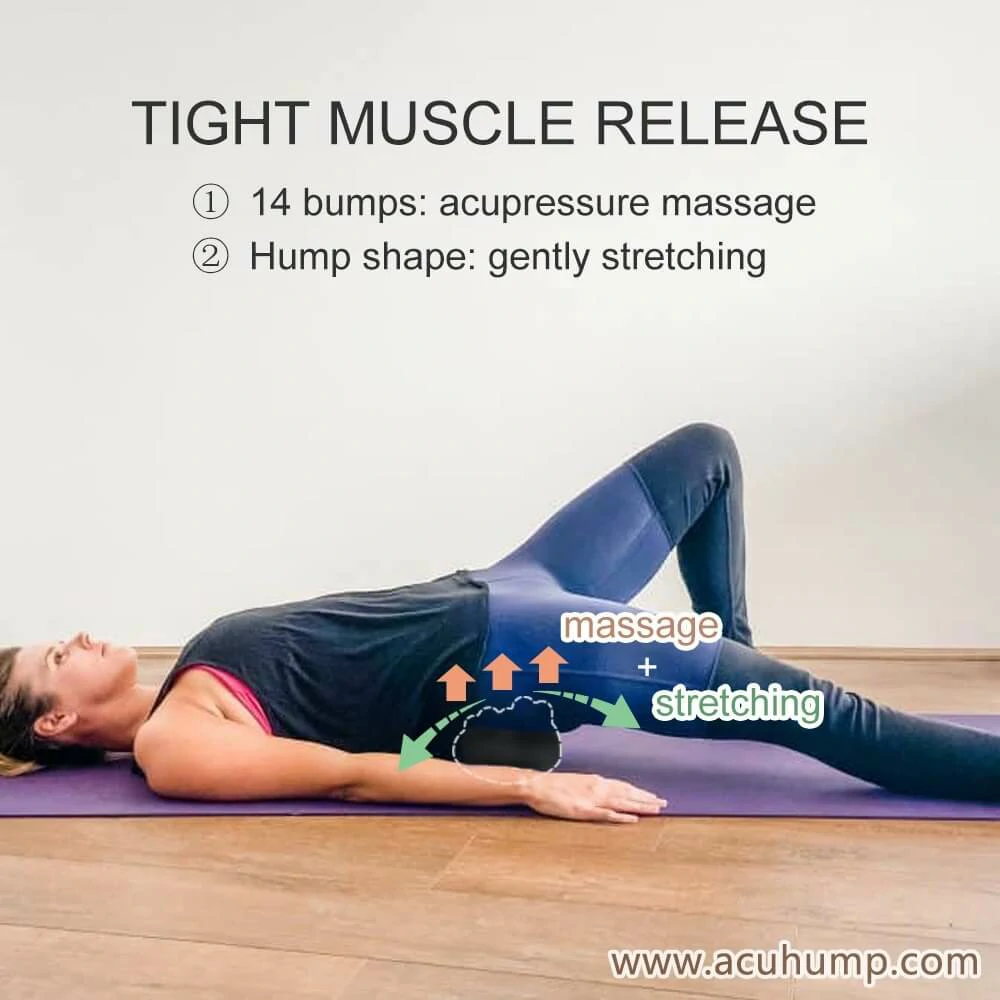
Remember to adjust the pressure according to your comfort level. It’s natural to experience some discomfort, but always listen to your body and avoid excessive pain. Start with shorter sessions and gradually increase the duration as your body becomes accustomed to the therapy. Consistency is key, so aim for regular, dedicated sessions to maximize the benefits of using the Acu-hump.
By incorporating the Acu-hump into your self-care routine, you can experience the relief you deserve. It’s a versatile and portable tool that you can use at home, at the office, or even while traveling. The Acu-hump empowers you to take control of your own healing process and provides a targeted solution for releasing deep tissue tension associated with piriformis syndrome.
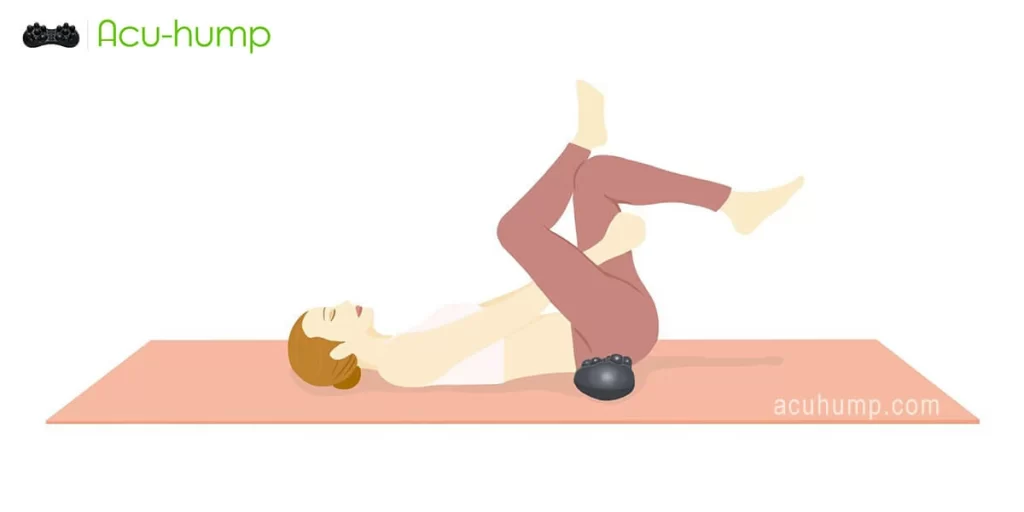
Remember, the Acu-hump is just one gadget in your toolbox for managing piriformis syndrome. It’s important to combine its use with other strategies, such as stretching, exercise, and consulting with healthcare professionals. By integrating the Acu-hump into your holistic approach, you’ll be well on your way to getting rid of piriformis fast and embracing a life free from discomfort.
Acu-hump: Full refund policy. No risk for you.
Over-the-Counter Pain Relief: Temporarily Easing Discomfort
When you’re in pain, finding relief can make a world of difference. Over-the-counter pain relief options can provide temporary reprieve from the discomfort associated with piriformis syndrome. Let’s dive into some of the products that can help alleviate your pain and make your journey to recovery a little more bearable.
Non-steroidal anti-inflammatory drugs (NSAIDs) are commonly used to manage pain and reduce inflammation. Medications such as ibuprofen and naproxen sodium can help ease the discomfort caused by piriformis syndrome. It’s important to follow the recommended dosage and consult with a healthcare professional to ensure these medications are safe for you.
Topical analgesics are another popular option for targeted pain relief. These creams, gels, or patches can be applied directly to the affected area, providing a cooling or warming sensation that helps alleviate discomfort. Look for products containing ingredients like menthol, camphor, or capsaicin, which have been known to provide temporary relief.
Always read and follow the instructions on the packaging before using any over-the-counter pain relief products. It’s essential to understand any potential side effects or contraindications, especially if you have any underlying health conditions or are taking other medications. If you have any concerns or questions, it’s best to consult with a healthcare professional.
While over-the-counter pain relief options can provide temporary relief, they are not a long-term solution. It’s important to address the root cause of your piriformis syndrome and implement a comprehensive treatment plan. Combining over-the-counter pain relief with stretching, exercises, and other therapies can help you on your journey to recovery.
Remember, over-the-counter pain relief should be used as directed and for short-term relief. If your pain persists or worsens, it’s crucial to consult with a healthcare professional for further evaluation and guidance. They can help tailor a treatment plan that addresses your unique needs and helps you get rid of piriformis fast.
Finding temporary relief from pain can bring much-needed comfort and enable you to focus on your recovery. Additionally, you may have heard of muscle relaxants, which are prescription medications commonly included in doctors’ treatment plans.
Rest and Activity Modification: Listen to Your Body
Sometimes, giving your body a break and modifying your activities can work wonders in helping you recover from piriformis syndrome. We’ll emphasize the importance of rest and provide insights into how making changes to your routine can speed up your recovery process. By listening to your body and making thoughtful modifications, you can support healing, prevent further aggravation of the piriformis muscles, and get back to doing the things you love.

Preventing Recurrence: Embracing a Pain-Free Future
If your symptoms of piriformis syndrome persist or worsen, it’s crucial to seek professional treatment. We’ll discuss various effective treatment options available to you. These may include physical therapy, which can provide personalized programs to help you rehabilitate and strengthen your muscles.
Chiropractic care can address spinal alignment and alleviate nerve irritation. Massage therapy can target specific areas of tension and promote relaxation. Acupuncture for piriformis can stimulate natural healing responses within your body. In more severe cases, corticosteroid injections or surgical intervention may be considered.
Remember, help is available, and you don’t have to face piriformis syndrome alone. Consult with healthcare professionals who specialize in treating this condition to receive the expert guidance and care you need to recover.
Congratulations on equipping yourself with the knowledge and practical tips to healing piriformis pain quickly. Now is the time to take action and prioritize your well-being. Consider the benefits of incorporating the Acu-hump into your recovery plan and reaping the rewards it can offer. Embrace the possibility of a pain-free future and seize the opportunity to regain control over your life.
You deserve to live without the burden of piriformis syndrome. Don’t hesitate any longer! Click to Buy to take the first step towards bidding farewell to piriformis syndrome and embarking on your journey towards a pain-free life. The Acu-hump awaits to support you along the way. Your path to freedom begins now!

Acu-hump®
Release Piriformis
